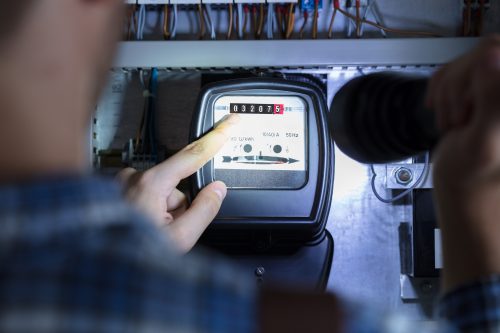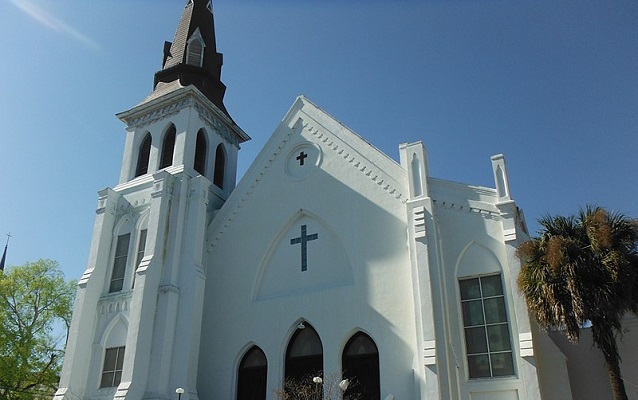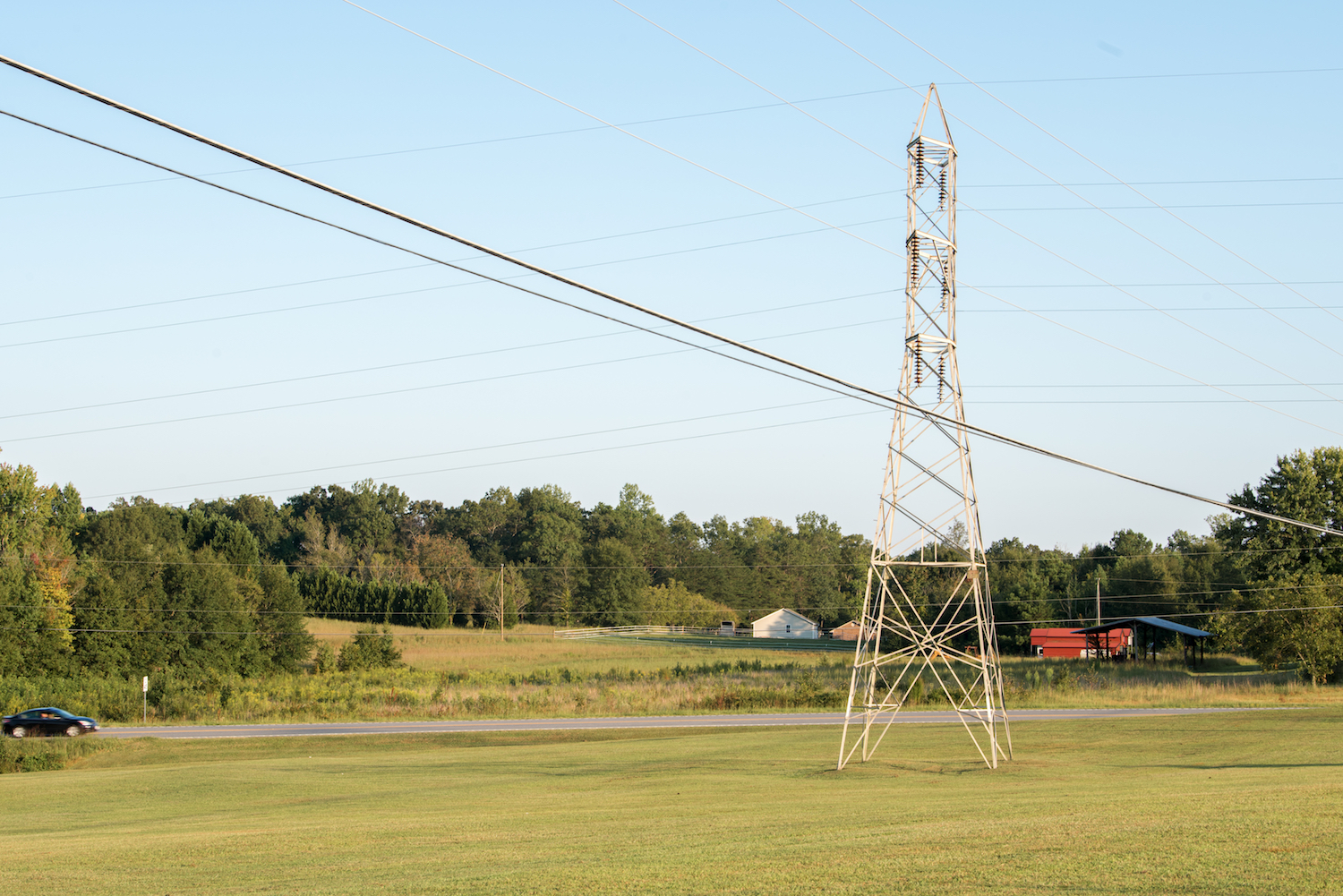How a Santee Cooper sale could lower electric rates
Why do key business and government leaders believe a sale of Santee Cooper is in the best interest of consumers?
Answer: They know that only a sale of South Carolina’s state-owned electric utility can rescue customers from the certainty of higher rates, largely by eliminating from rate base the debt the utility has incurred as a result of the failed V.C. Summer nuclear project. The status quo or a “management agreement” with another entity will simply not eliminate the debt.
First, the rates.
- Palmetto Promise Institute’s comprehensive analysis showed that Santee Cooper’s rates will need to rise steeply—13.7%—and stay that way over the next four decades to cover debt and interest. A listing of this massive debt as of December 31, 2018 is available on the Santee Cooper website (remember to add three zeros as the numbers are in thousands).
- Santee Cooper itself finally announced in a carefully parsed statement that it will “need to increase rates incrementally beginning in 2021, over a period of a few years and totaling an average 7 percent in additional rates to cover the rest of the nuclear debt.” But in a recent legislative hearing, we learned from Santee Cooper’s Chief Financial Officer that the 7.32% increase is short term. Long term, with the addition of other factors, rates will actually go up by 15%. (It appears our analysis was not “rampant disinformation” after all.)
Contrast these rate increase projections with the February 2019 report prepared by global consulting firm ICF International for the South Carolina General Assembly. It forecasted that a sale to an investor-owned utility (IOU) could actually reduce rates.
ICF’s analysis of 15 expressions of interest to buy or manage Santee Cooper shows a sale would reduce customer electricity rates an average of 6% (and reductions over the 20-year period ranged from 2% to 14%).
But how does a sale reduce rates? Won’t an investor-owned utility still have to pay off the debt but with the added pressure of providing a financial return to those Investor Owners?
Let us be clear. The mere conversion (and nothing more) of Santee Cooper from a state entity to a private IOU would indeed raise rates, because of higher capital costs (meaning higher cost of borrowing for an IOU). And that may well explain some public assertions that the sale would increase customer rates.
A poorly run private Santee Cooper could be as bad for ratepayers as the poorly run government Santee Cooper.
But according to ICF’s analysis, there would not be a “mere conversion.” Their detailed reports show that several Santee Cooper purchase proposals include two key steps that would significantly reduce rates.
First, the IOU-buyer would pay off the debt for the V.C. Summer project and eliminate it from rate base. “Rate base” (in the unique financial world of the regulated utility) is the assets that utilities earn guaranteed returns on, and a lower rate base delivers lower rates to customers.
Second, the IOU-buyer would replace Santee Cooper’s aging generation fleet with less expensive generation and implement other efficiency measures. Together, savings are projected at $13 billion over 30 years. (It is questionable whether a mere management agreement would be able to empower either of these critical steps.)
ICF estimates that a write down of the Santee Cooper debt would account for an average of 72%—meaning the bulk—of the cost reductions, with the remaining 28% coming from efficiencies in operations and less expensive power generation fuels.
According to calculations based on data from the SC Energy Office, 50.67% of Santee Cooper’s generation came from coal in 2017. That’s much higher than SCE&G (38.60%), Duke Energy Carolinas (26.13%) or Duke Energy Progress (14.13%). Switching to more efficient natural gas could save $300 million per year.
The bottom line is that per ICF’s evaluation, selling Santee Cooper to an IOU would reduce customer rates from the expected $84/megawatt hour to $79/MWh. By contrast, absent a sale of Santee Cooper and elimination of debt, rates will continue to rise.
Of course, predicting a reduction in rates based on a big reduction in rate base is easy. The larger question is how an IOU is able to eliminate the V.C. Summer debt from rate base and still make money. The answer is: over time, the IOU will replace or upfit Santee Cooper’s aging generation fleet with more efficient generation. And under our current energy paradigm, the capital spent on this new generation will earn a guaranteed regulated rate of return.
Over time, this will spread out the costs being borne by the purchaser. And the combination of new capital expenses and the operating expense on the new generation will be less than the operating expense of Santee Cooper’s current generation fleet.
Note: An obvious question is why Santee Cooper doesn’t do this now on its own or with a management agreement. The reason is The Santee Cooper Catch 22: because there are ipso facto no investors in a state agency, it can’t invest in more efficient generation and pay off massive debt without raising rates. An Investor-Owned Utility has investors to break that cycle.
The idea of transforming state-owned Santee Cooper from government-run to privately-owned is a complex issue that ultimately will impact all of us in the state, not just the customers of Santee Cooper and the Electric Cooperatives that receive their power from Santee Cooper.
As such, we all have a responsibility to learn more. To make an informed decision, we urge you to study the issue, work to separate fact from fiction, and read our historical and fiscal analysis based on Santee Cooper’s own publicly reported data.
We are confident that when it comes to the best future for Santee Cooper and its customers, the facts are on the side of moving beyond government ownership. In this article, we have discussed how one of those options—Investor Owned Utility (IOU) ownership—could work.
There are other non-governmental options worth considering as well, and with the legislation passed yesterday, the Department of Administration is charged with evaluating them all.





